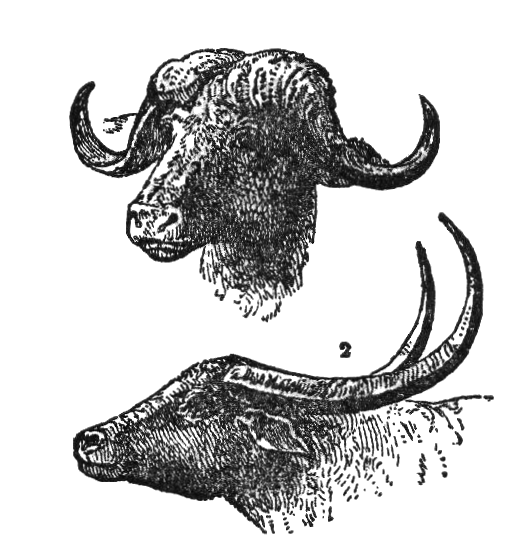

Kazakhstan 200 Tenge UNC
Obverse: The images are vertical. In the center of the note is the Astan-Baiterek monument. In the middle of the banknote a fragment of music of the Kazakhstan National Anthem is printed in white on blue, brown and green stripes. Over the fragment of music is the white outline of the value numeral. To the left of the monument the Kazakhstan National Emblem is printed in green. The Kazakhstan National Flag is on the top right of the note. On the lower half of the note is an open hand. The face value, in Kazakh script, is shown vertically in the lower right corner. The name of the issuing bank, in the Kazakh language, is under the Kazakhstan National Anthem. Beneath the bank’s name is an inscription in Kazakh stating that counterfeiting banknotes is against the law.
Reverse: The images are horizontal. The main image is an outline map of Kazakhstan. In the foreground is the building of the RK Transport and Communication Ministry and a winged snow leopard on the bridge over the river Ishim in the capital Astana. In the background is the building of the RK Ministry of Defense and the steppes. The value numeral is shown both on the lower left corner and upper right corner. The face value, in Russian script, is shown in the middle of the lower half of the note. The name of the issuing bank, in the Kazakh language, and the bank’s logo are in the middle of the upper half of the note. In the top left corner, on the white area, there is an inscription in Russian stating that counterfeiting banknotes is against the law.
Information Obtained from National Bank of Kazakhstan
 Bayterek, a symbol of the new Astana.
Bayterek, a symbol of the new Astana.Bayterek (Kazakh: Бəйтерек, "tall poplar [tree]"), is a monument and observation tower in Astana, the capital of Kazakhstan. A tourist attaction popular with foreign visitors and native Kazakhstanis alike, it is a common symbol of the city and itself in turn symbolizes Astana's new status as the capital of Kazakhstan
 Map of Kazakhstan
Map of KazakhstanInformation and Image Obtained From Wikipedia, the free encyclopedia















































